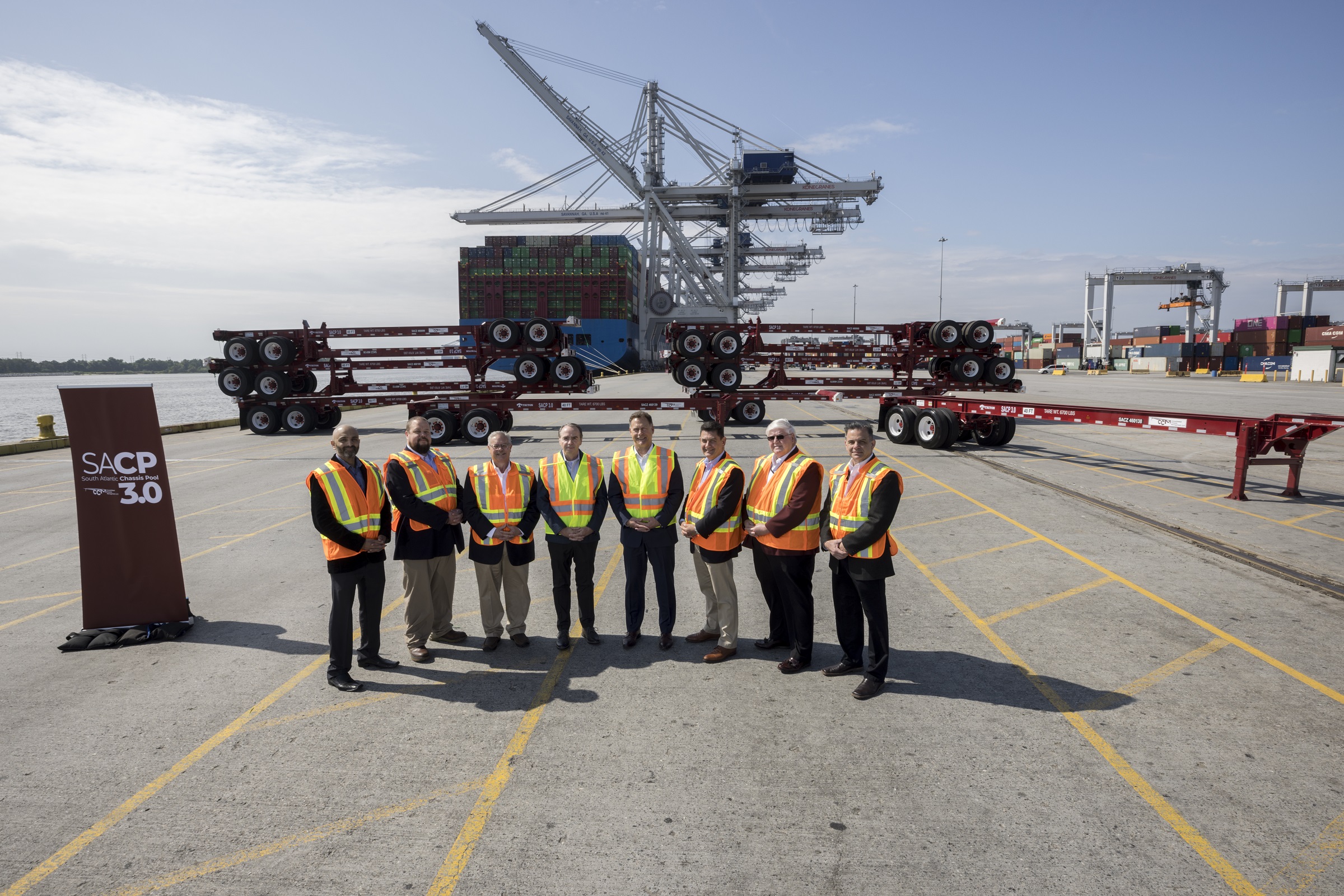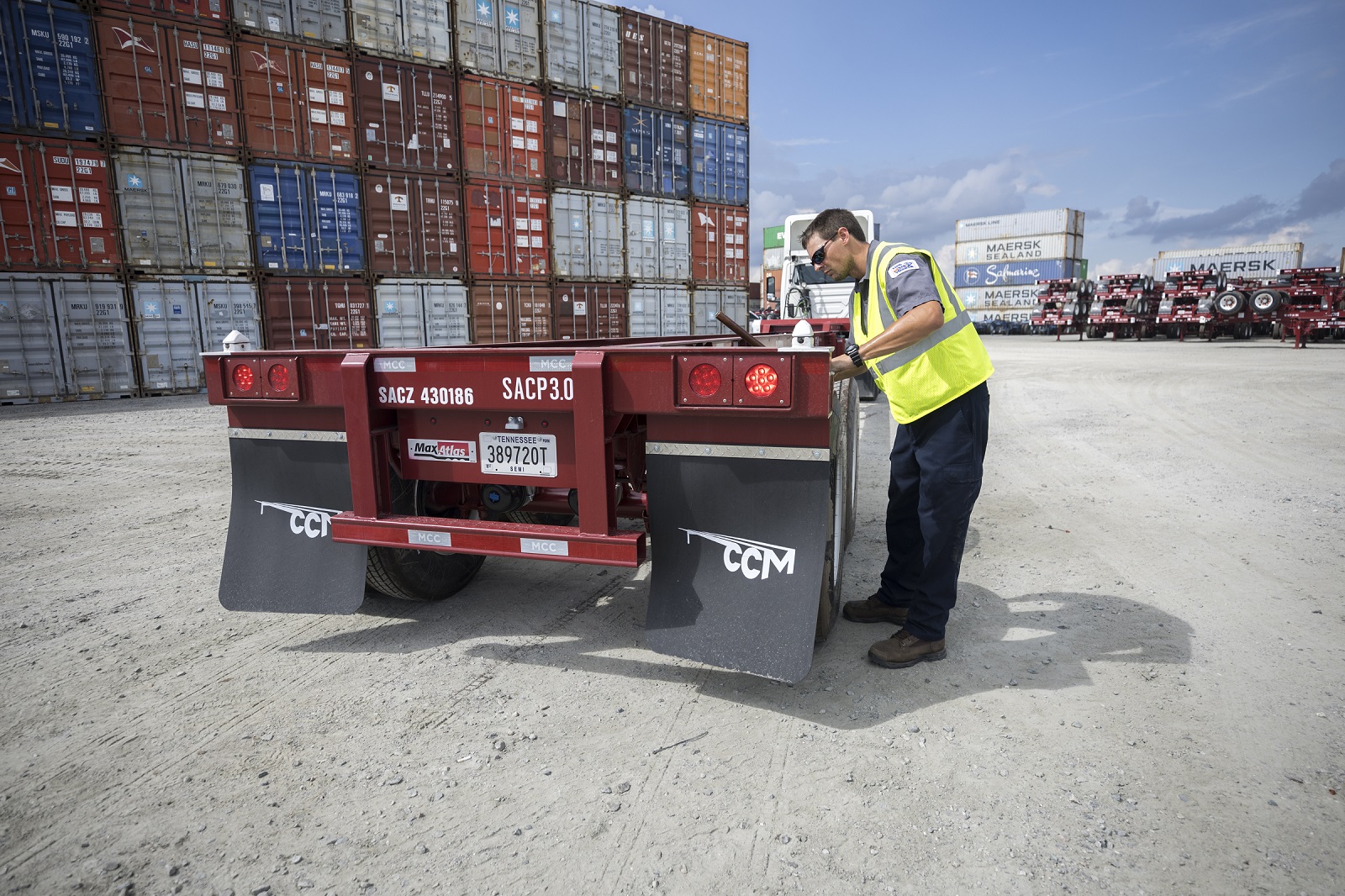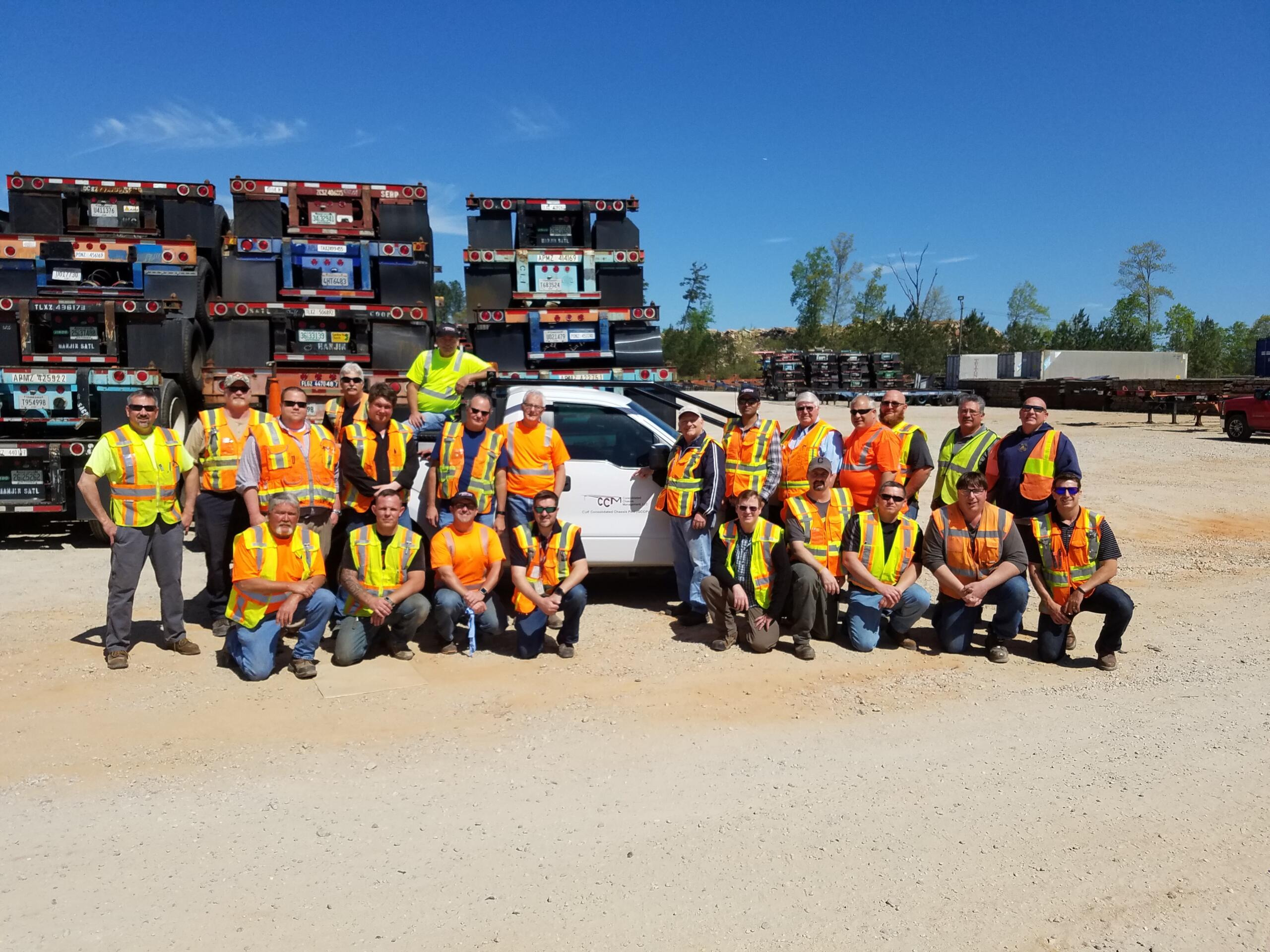
Environmental, Social and Corporate Governance
Our commitment to environmental, social, and governance (ESG) principles ensures our operations not only meet industry benchmarks but also positively contribute to our communities and the environment.
In 2024 Consolidated Chassis Management successfully completed the GRESB assessment, demonstrating the ongoing dedication to sustainability, equity, inclusion, and responsible business practices. Our alignment with global ESG standards highlights our pledge to continuous improvement in environment and social performance.
Taking Action
The following efforts underscore Consolidated Chassis Management’s ongoing efforts to align with ESG principles:
- Employee well-being and safety: Prioritize employee health, safety, and well-being through safety protocols, wellness programs, and initiatives to nurture a positive workplace culture
- Energy Efficiency: Minimizing environmental footprints by implementing energy-efficient practices across operations to reduce carbon footprint and environmental impact
- Community Engagement: Engaging in local community to support social equity initiatives and fostering a workplace culture that values diversity and inclusion
- Waste Reduction and Recycling: Implement waste reduction strategy within the company to minimize waste sent to landfills
- Transparency and Reporting: Commit to transparent reporting on ESG performance metrics to ensure accountability and drive continuous improvement.



Our Safety Commitment
Our goal is to eliminate or control both known and potential safety and health hazards which our employees face on the job, focusing on the family, with a special emphasis on bringing every employee home safely each day.
- Safety and health are a shared responsibility. Everyone from the top management to supervisors to every worker must take ownership of his or her own safety and that of co-workers.
- Maintaining a safe and healthy work environment is not just an idea—it is a top priority.
- All employees are expected to practice safe work habits, whether working in the field or in an office environment.
- It is everyone’s job to spot hazards and to correct them or report them promptly.
- Where hazards cannot be eliminated, they must be reduced through engineering or administrative controls, or as a final precaution, through the proper use of personal protective equipment.
- Every individual will be trained to perform work safely. Should an individual feel inadequately trained to perform a certain procedure, he or she will immediately discuss the problem with his or her supervisor.
- As a condition of employment, each employee must consistently work in a safe manner.

